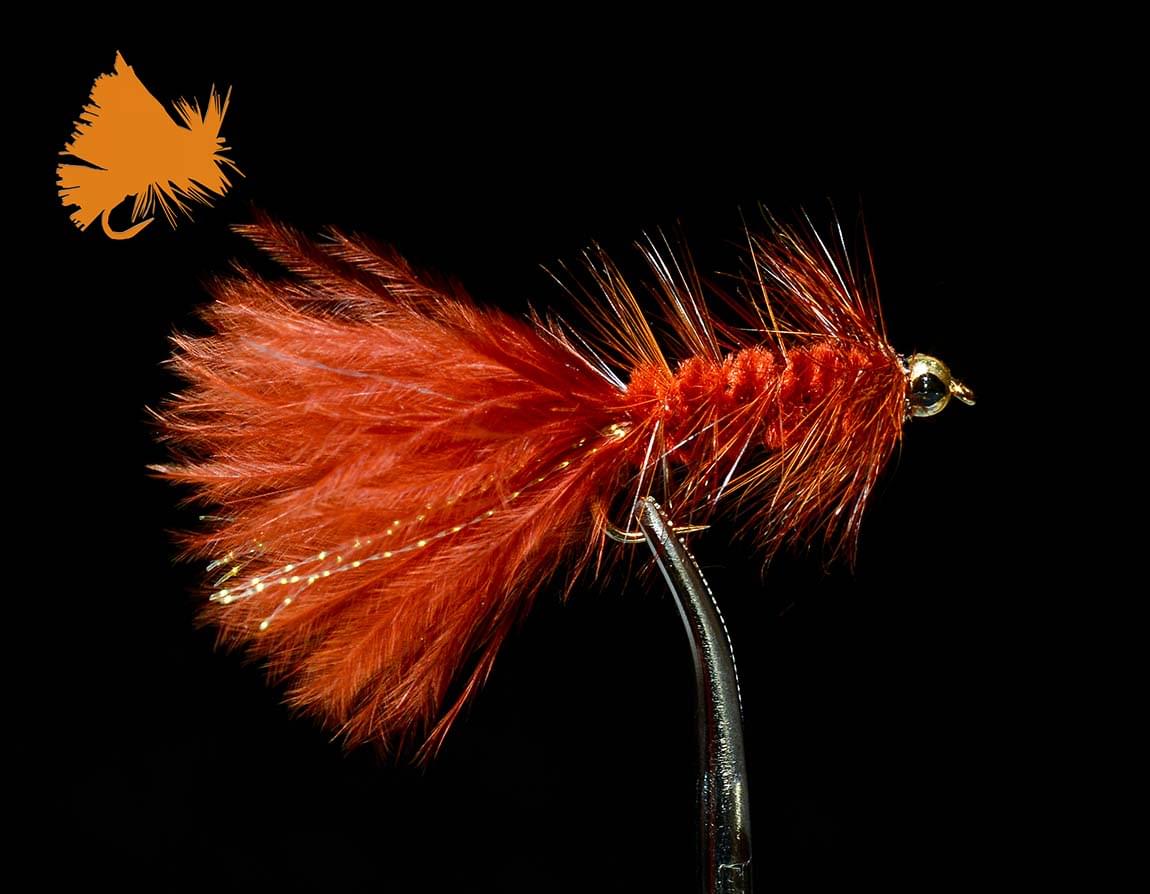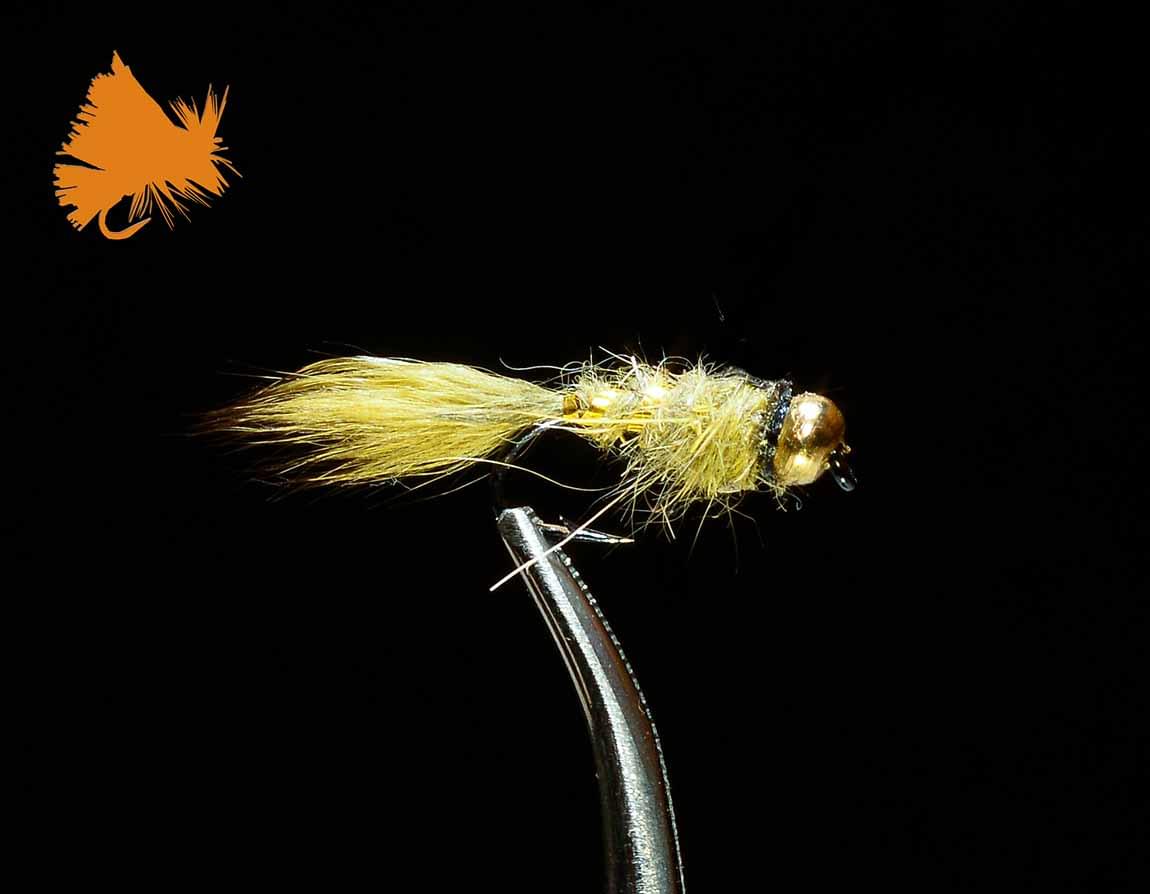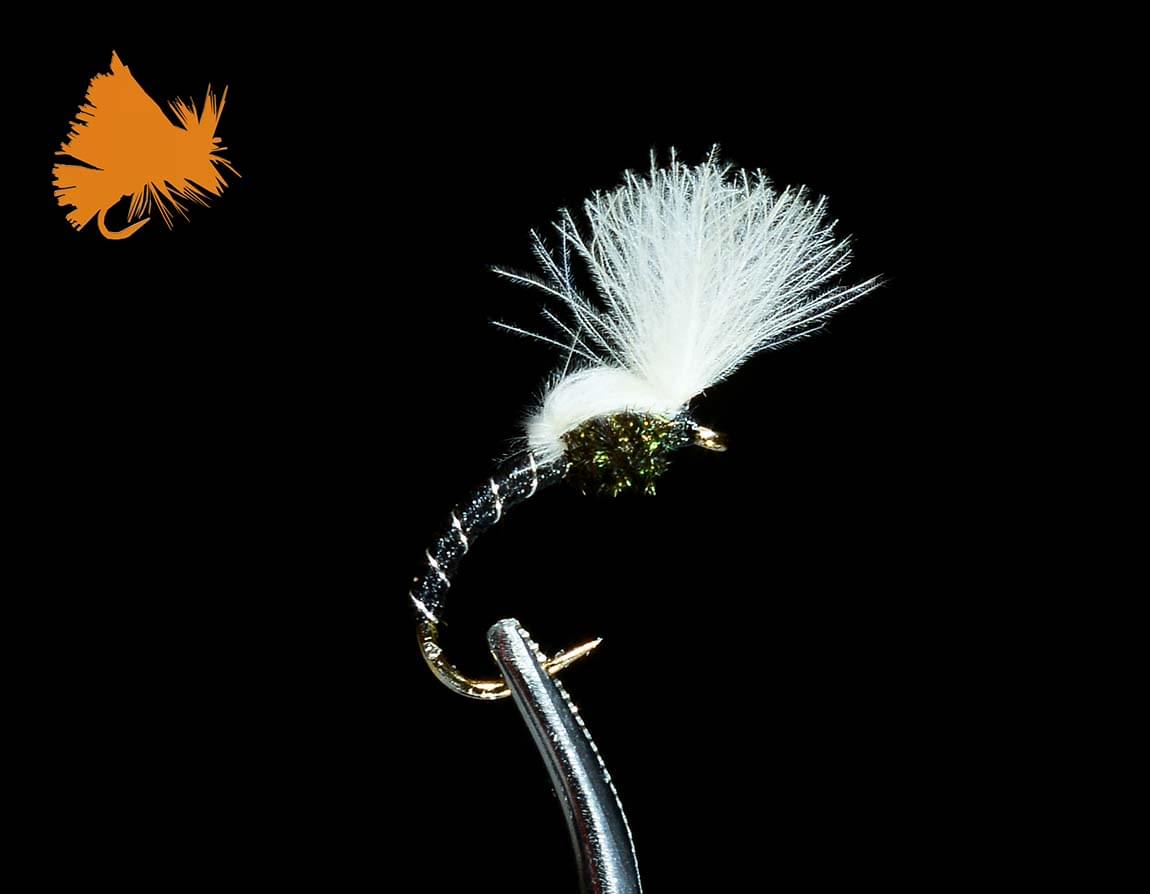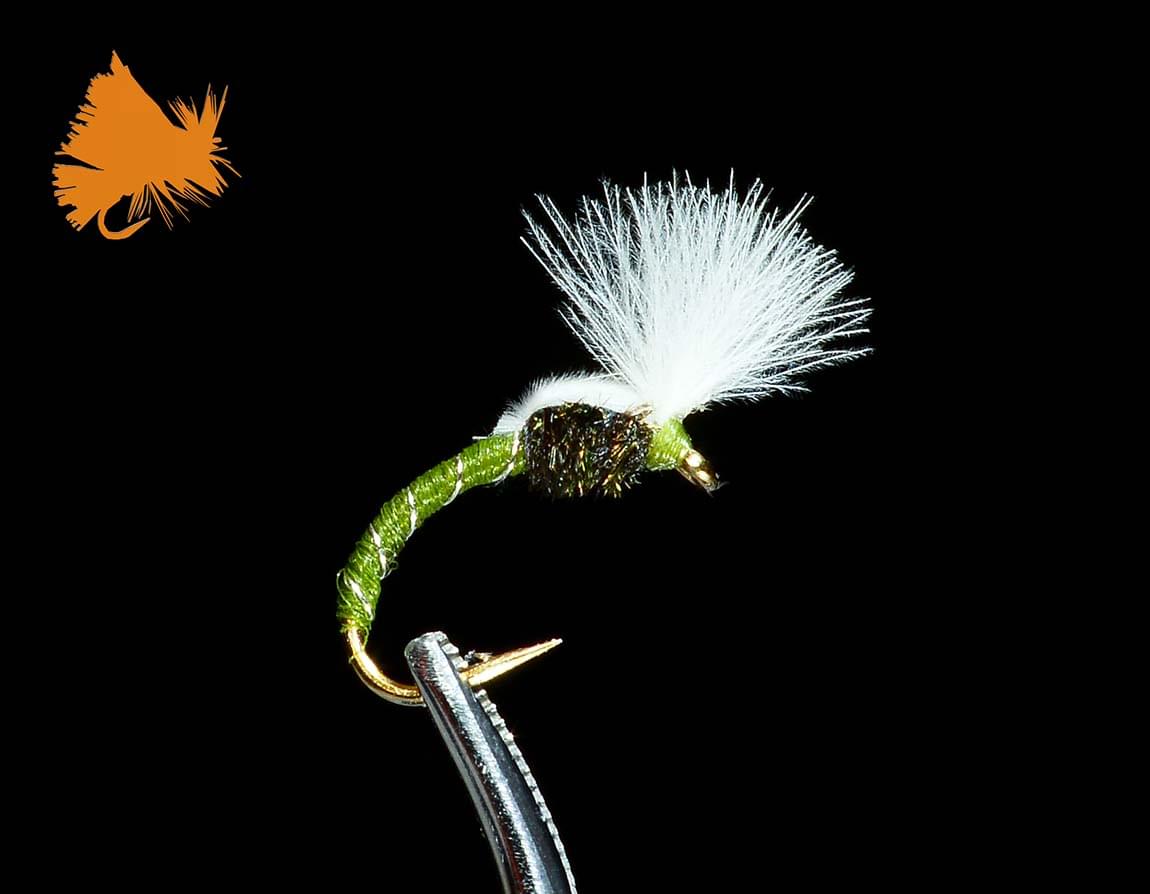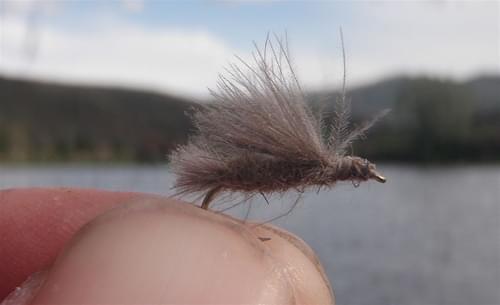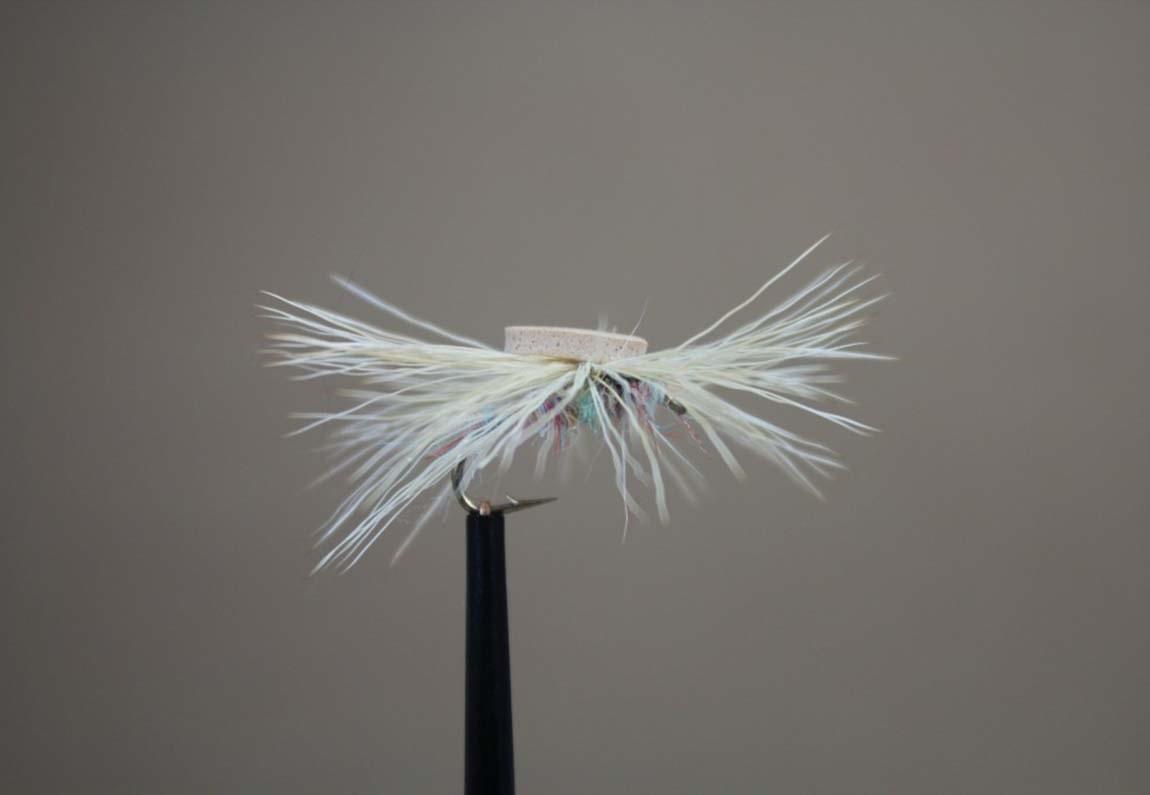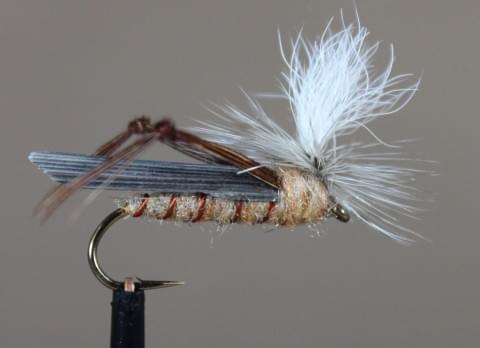Fly Fishing for Grass Carp
The Essential Course to Catching Grass Carp on the Fly
Join Our List for More Premium Content
Fly fishing for Grass Carp is the equivalent to freshwater tarpon. Stealthy, difficult to catch, strong fighters and enormous. Catching a grass carp on the fly is likely one of the most difficult fish to catch on a fly. Check out our tips and recommendations on fly fishing for grass carp.
General Information on Grass Carp
![]() Grass carp are their own unique creature. Though mainly herbivorous, they are also omnivores, meaning they will eat anything given the opportunity. I’ve heard of bass fisherman catching these on 4 inch long top water plugs and heard of fly fisherman catching them on corn flies and size 26 chironomids. Grass Carp can grow up to 18 inches per year in the right environments and to grow at that rate, they need to always be eating. At times they graze the waters that live in like a herd of cattle, meandering every direction with no pattern or rhythm and other times, they are keyed on to something and will have very specific paths and feeding patterns.
Grass carp are their own unique creature. Though mainly herbivorous, they are also omnivores, meaning they will eat anything given the opportunity. I’ve heard of bass fisherman catching these on 4 inch long top water plugs and heard of fly fisherman catching them on corn flies and size 26 chironomids. Grass Carp can grow up to 18 inches per year in the right environments and to grow at that rate, they need to always be eating. At times they graze the waters that live in like a herd of cattle, meandering every direction with no pattern or rhythm and other times, they are keyed on to something and will have very specific paths and feeding patterns.
Grass carp average between 24 inches and 48 inches in most lakes around Colorado. Catching a grass carp over 36 inches is considered a large fish. I have seen some grass carp that I mistook for 6 ft long alligators in Colorado. Monstrous looking creatures and I have yet to get a good cast in front of a grass carp that size on the fly. Grass carp, like other carp, have huge lateral lines and they are most often spooked by vibrations in the water or footsteps near them. You have to walk like a great blue heron does along the banks, silently, to get a good cast in. I’ve fished the same lake for an entire summer (over 30 hours at the lake over 2 months) and only caught 1 grass carp. I learned something very important about that experience. Aside from not spooking the fish, the most important part to catching a grass carp on the fly is to find the right lake where the environment is right for catching them. I will outline how to fly fish for grass carp in this article. I’ll explain common techniques, fly patterns for grass carp, tips for finding success and a few location to fly fish for grass carp in Colorado.
How to Fly Fish For Grass Carp
The Equipment
I personally use a 8′ 4wt TFO proffessional series 2 fly rod and 1x tippet to fly fish for Grass Carp. There’s a lot of talk on the best carp fly rod to use for carp fishing, but in my opinion the gear needs to provide the following:
- Accuracy: If you can’t land the fly in the right spot with your fly rod, you won’t catch many grass carp or common carp for that matter. Find a fly rod that you can cast accurately. Most of the time, distance is not needed. I have caught 99% of my grass carp within 20 ft of the tip of my rod. Use equipment that makes you accurate.
- Sensitivity: Having a rod that you can feel the fly with helps a ton. A sensitive tip is key to helping you give small twitches to get the fish excited. When catching a grass carp on the fly, you often only use small twitches in front of their face to get them interested.
- Strength: These fish are strong, make sure your rod can take the bend, my 4 wt always scares me, I think a perfect rod would be a sensitive, short 6wt rod.
For a reel, just make sure it has a good drag. These fish will make some fast and furious runs and you’ll need a good drag to wear them out. Like other carp, grass carp don’t get the lactic acid build up that other fish get (like trout) which means they don’t tire out as quickly. They eventually wear out (or get bored, I still can’t decide) and you can get them to the net.
The Approach
The Approach is your first opportunity to screw up. Walk softly and carry a big stick on these fish. Pretend like you’re walking on eggshells. Be careful not to cast a shadow, break a twig, or move the water. All of these will cause grass carp to spook, often ruining your chances. You will spot grass carp early in the mornings and late in the evenings on the banks when they come up to forage. It’s an added benefit to find places that have grass that blows into the water from mowers or other means, as it brings the fish up to slurp the grass in and you can have a better chance at catching them. If they aren’t slurping the banks, they will work the cattail edges eating grasses, cattails themselves or any other small fish that makes it’s way into its’ mouth. You’ll have to be patient and wait for the best opportunity to get a cast in front of them. If they along the cattails, find a direction they are headed and sneak into the water in front of them by about 50 ft making sure not to move the water their direction. Make your cast about 30 ft from you and let it sit on the bottom waiting for them to get close. When they do, strip the fly up and slowly in front of them. The idea is to get it in front of their face without casting it to them or spooking them too early. We’ll discuss this more in the presentation of a fly to a grass carp.
The Presentation
Lead the Carp, Make it Easy to Eat, Don’t Set the Hook You can’t land a fly on top or within 5 ft of a grass carp most times without spooking it. The idea is to lead them by 10 to 15ft, and if they come close to your line where you cast, then strip your fly slowly in front of their face. If you do it right they will turn and chase the fly slowly. If they do that, let them chase it and eat it, you don’t need to make it any harder for them to eat it than that, they just don’t chase things down with any aggression, it’s too easy to find food elsewhere.
The Hookset
If you have them chase it, you have a chance they will decide to slurp it in. Sometimes, you’ll do all the above right, they’ll feel it or smell the fly before they eat it, and they will spook. Other times you’ll get it in front of them and they’ll slurp it right in. When this happens, do not set the hook. I’ve broken some huge grass carp off by setting the hook. All you need to do is slowly lift your rod to noon. Slower than a cast, it will move the hook in the carps mouth and they will jerk their heads and swim off, effectively hooking themselves without you doing anything.
Recap
- Walk Softly and Carry an Accurate, Big, Sensitive Fly Rod
- Lead the Carp and Slowly Drag the Fly in Front of the Fish
- Don’t Set the Hook, Slowly Tighten Your Line and Let the Fish Hook Itself (Then hold on!)
Fly Patterns for Grass Carp
I’ve read a lot about cotton patterns, grass patterns, corn patterns and more, but unless the carp are clooping (slurping these things off the surface) you wont’ catch them on these patterns. I believe these patterns are inferior to live imitations because any movement with the above mentioned patterns will spook the fish, while a size #16 black hares ear can be moved and actually help entice the grass carp to eat your fly. This, I believe gives you a better chance at catching fish. I catch a lot of grass carp as they feed on grass by stripping a small hares are or wooly bugger in front of their face. Overall, find the right size and color and as long as it looks buggy they will eat it. They aren’t as picky as they are smart and spooky. The right presentation and cast will catch them over a specific fly selection. Don’t let the fly shops tell you any differently if they try to sell you $4.00 carp flies. You don’t need saltwater hooks and premium materials and unique patterns. Sure they help and work, but I catch most of my flies on average trout flies, nothing special, just good proportions and presentation. Another key part of grass carp flies is weight. Tie the same pattern in 3 weights. 1 heavy to get down deep and fast, 1 to slowly sink, and 1 to suspend or as close to it as possible. Here is a list of our top fly patterns for grass carp and some links on where to buy them. Most are easy patterns to tie. As I said before, fly fishing for grass carp is about presentation and approach, not so much fly selection.
- BH Wooly Bugger #12-16
- BH Wooly Bugger #12-16
- BH Wooly Bugger #12-16
- BH Hares Ear #14-18
- BH Hares Ear #14-18
- Beadhead Hares Ear
- Smokejumper Midge #18
- Smokejumper Midge #18-22
- Smokejumper Midge #18-22
- CDC Caddis/ Ball O' CDC #12-14
- Cottonseed Pattern #12-16
- Parachute Hopper #12-16
Where to Fly Fish for Grass Carp in Colorado
Finding the right waters to fly fish for Grass Carp is critical to your success. The biggest key when fly fishing for grass carp is to find murky waters that allow you to get close enough to the grass carp. If the water is too clear, it’s going to be very difficult to sneak up on them successfully. If you find murky waters, go in the morning or the evenings and you’ll see them cruising under the water near the banks. Finding that kind of behavior in the right water is key to the success. There are numerous places in the Denver metro area that have grass carp. Flatirons mall has several ponds that have grass carp and Cow Lake in Arvada, or the Lakes by Echters Nursery is a good place too.
Fly fishing for grass carp is a game of patience and frustration, but when you catch one, it is one of the most enjoyable fish to catch on a fly. Yes, they do smell and are slimy, but they have their own beauty, and they are an amazing fish that has adapted to live in almost any environment making them a great target for fly fishermen. Take a look at this map and have fun trying to catch some grass carp in your neck of the woods or ours. Hit me up if you wanna go to, I can take to the exact spots I go and help put you on some fish.



